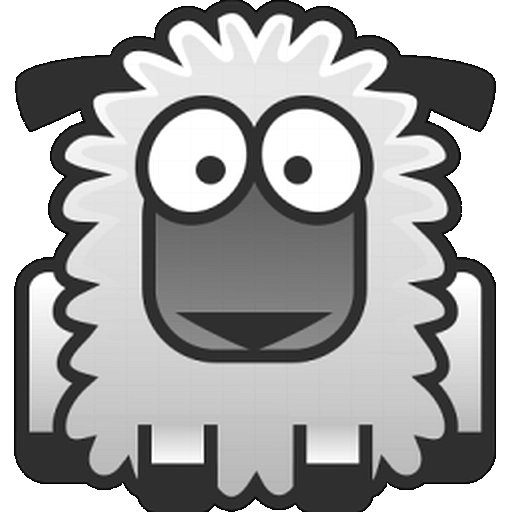Tray
Definition
The tray is equivalent to the physical portion of the sandtray. It consists of a table, a surround for the tray, a fluid level at the bottom of the tray and sand inside the tray.
Digging
As with a physical sandtray, the user can create a world in the Virtual Sandtray App. By default, there are four levels up (to create topography) and three down (to get to water). Once the user digs down to the bottom level a fluid layer appears. The eraser is used to reset the sand level to default, which is quite useful for fixing inadvertent errors. The user can change the size of the digging, by long pressing on the digging icon and choosing the size of shovel to change the active digging size. For more advanced users and those desiring more detail, the option exists to enable a higher level of resolution when digging, which is found in user options menu.
In October 2020 a new digging feature was added, which is multi level tray depiction. This feature allows you to have multiple levels of models in the tray, the standard one above the sand and an under world obscured from view. You begin with the default height of the sand. Set the digging mode to down, then long press on the icon. From the popup menu, choose the excavator, which will drop the level of the sand down to the fluid (your current sand configuration will be stored for restoration). You can place models on the bottom of the tray. Set the digging mode to up, then long press on the icon. From the popup menu, choose the dump truck. This refills the tray to the exact setup you had prior to the start of this process.
Fluid Layer
As with some physical sandtrays, if the user digs down to the bottom of the tray, they are presented with a fluid. Unlike a physical sandtray, where it is likely blue paint to represent water, the user can modify the “liquid” within the app. There are several styles of water, poison, lava and psychedelics liquid which can be found within the environment options in the settings folder. Some of the fluids are static and some are animated.
Painting
Unlike a physical sandtray, the user can paint the sand to create various ground covers. There are currently 11 unique textures that are available. They are accessed by tapping on the paint bucket, which causes a menu to open up and one chooses the texture they want to paint onto the same.. In a manner similar to digging, the user can long press and choose the size of their paint brush.
There is also a feature while painting called flood fill. This feature arose out of clients spending a substantial amount of time swapping the sand over to their desired texture. It allows the client to convert all the sand to one texture. In order to execute the flood fill, begin painting like normal. With the paint brush active and a texture chosen, long press and select the paint bucket icon above the paint brushes. The application will confirm that you want to flood fill the tray, affirm it and you will have a tray completely full of your desired texture.
In action
Navigate over to the demonstration videos to see these concepts in action. The example sandtrays show the impact that textures have on the aesthetics and mood of the sandtray.

